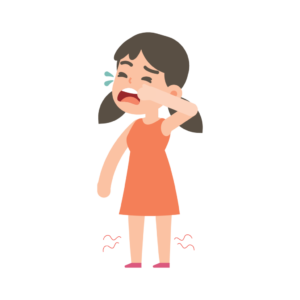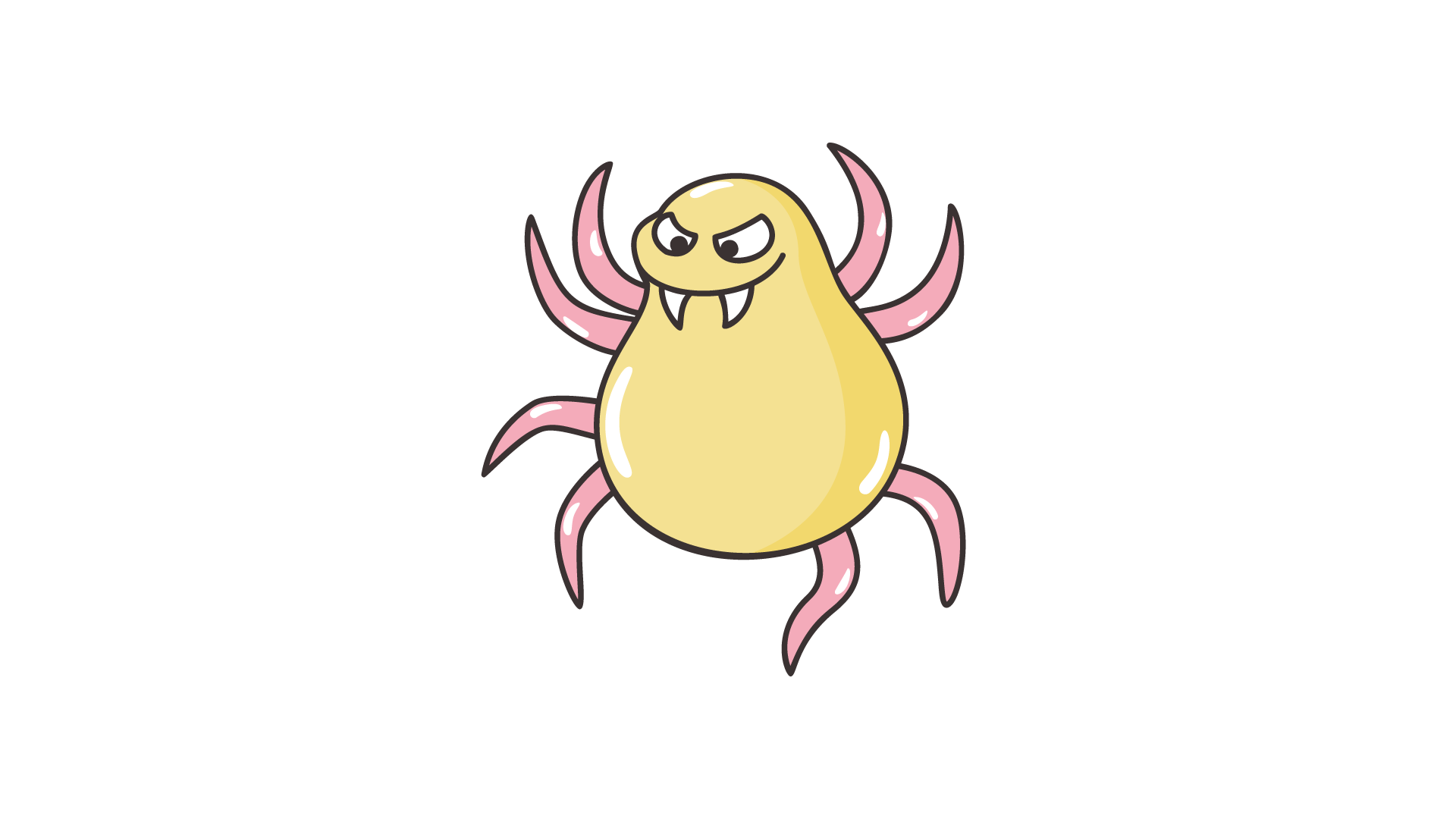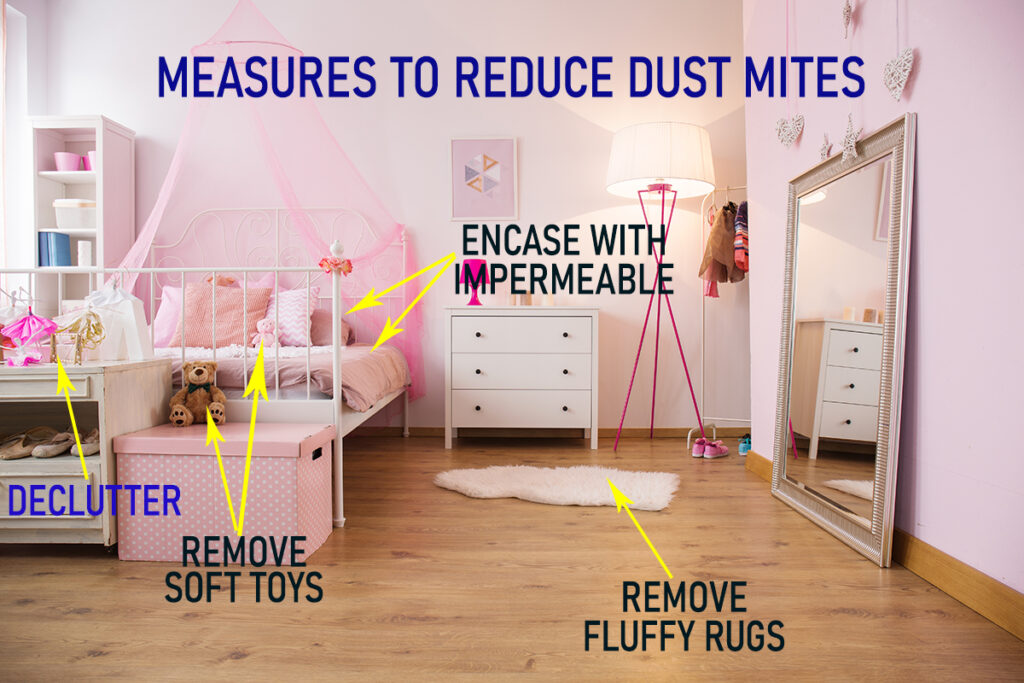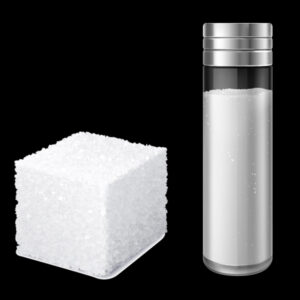
Dust Mite Allergies
nathaniclinic1
December 26, 2023

Dust mite allergies constitute the largest subset of all allergies in India. As per this article 69% of all Indian homes had at least one person suffering from allergies caused by dust mites! Yet, many people are unaware of the existence of dust mites and the problems they can cause.
So, what is a dust mite?
These critters are so small that the naked eye can’t see them and can only be seen under a microscope. They are related to spiders and have eight legs. Dust mites, as the name suggests, are found in dust indoors. Dust accumulates under the edges of objects, in the creases and folds of objects. The dust mite thrives in these situations (commonly found on rugs, bedspreads, pillows, and upholstered furniture), especially if they can find plenty of food. And what is their favorite food? You see, the outermost layer of skin is composed of dead tissue, and we are constantly descaling (🐍?), shedding our dead skin. The dust mite thrives on these scales.
So far, so good! Where does the allergy come from?
A dust mite has its own protein. Some react to this protein as if it is going to harm us, and our body tries to destroy it, creating an inflammatory reaction that harms us. We are genetically programmed to treat all proteins other than our own as foreign and to mount an inflammatory response against them. The same genes can cause a hypersensitive reaction in some individuals, causing allergy symptoms.
Symptoms of dust mite allergy
Like any allergy, different systems can be affected. Most commonly, the symptoms are:
- Allergic Rhinitis: sneezing, watery discharge from the nose, a stuffy and blocked nose.
- Conjunctivitis: slight redness and itching in the eye
- Upper Respiratory symptoms like a scratchy throat, dry cough, and postnasal drips may cause spasmodic cough.
- Generalized: weakness, malaise, lethargy.
- Asthma-like symptoms: The bronchi (tubes that carry air in and out of the lungs) can become inflamed, irritable, and constricted. The child may have difficulty breathing, a tightness in the chest, or there may even be an audible wheeze.
If you have a family member who suffers from allergic disorders, then your child may be more likely affected by allergic conditions like dust mite allergy. If your child already has other allergic conditions, then s/he is more likely to suffer. Of course, the greater the dust mites in your house, the more likely household members will mount an allergic response.
Doctor, my child definitely has some of these symptoms; please start some treatment.
There can be multiple causes for each of these symptoms. Once your doctor evaluates your child, she may advise certain investigations to prove the diagnosis. Even though dust mites are very common in every household, it is not necessary that your child has a dust mite allergy. After a thorough clinical evaluation, your doctor may advise some blood and skin tests that will probably confirm the diagnosis of dust mite allergy. It is essential to confirm the diagnosis as treatment can be cumbersome and expensive.
Treatment Measures
There is no cure for dust mite allergies. One cannot change how the body responds to the mite protein that causes the allergic reaction. Immunotherapies are being developed but are in their infancy and are very expensive.
Our treatment strategies are essentially prevention and symptomatic treatment.
Prevention Measures
We aim to decrease the exposure to dust mites by:
- Barriers: Since dust mites thrive in the nooks and crannies offered by upholstery, mattresses, and pillows, we try to encase our bedding with impermeable covers. There are many available on Amazon and other retailers. This link is only a pointer to one of the many available. Remember to buy zippered protectors only.
- Remove carpets, rugs, excess pillows, and soft toys from the room in which the child suffering from allergies sleeps.
- Vacuum cleaning can reduce the dust mite reservoir significantly. Ensure your child does not enter the room being vacuum-cleaned during the process and for a couple of hours after the vacuuming. If possible, put HEPA filters in the vacuum cleaner to avoid spraying dust mites into the air during cleaning.
- Expose the objects in the room to as much direct sunlight as possible. This kills dust mites. You can use special chemical agents to kill dust mites on carpets that cannot be removed, but this is a temporary solution at best.
- Dry clean all linen. If not possible, tumble dry at temperatures at least 55° C for at least 20 minutes.
- If none of this is possible, freeze your linen. It does a great job of killing mites.
- Lower humidity using dehumidifiers: If you keep humidity levels <50% for at least 22 hours daily, dust mites stop growing or significantly reduce their multiplication. Air conditioners also reduce humidity. Monitor humidity levels in your home. There are many available on Amazon at different price points.
Treatment measures
The specific treatment for the allergic manifestations will depend on the actual type of allergy. Your doctor may advise the following:
- Skin allergies: anti-allergenic ointments, oral medications
- Sniffles and upper respiratory symptoms: nasal sprays, oral medications, and other medications as per symptoms. Some children benefit from long-term medications. Specific immunosuppressants may have a role in the future – currently, they are unavailable or too expensive.
- Asthma-like symptoms: inhalers, oral medications.

This post has been written by Drs. Ankita Bhandari & Rajesh Nathani. Please feel free to comment below for any doubts, questions, or general health inquiries.
Our Consulting Specialities
Recent Posts


Subscribe Our Newsletter
The premier children’s clinic and general vaccination center in Chembur, Mumbai
Make an Appointment
- 8 AM - 8 PM , Monday - Saturday
Call Us Today
9987084813
Online Doctor Consultation Nathani Clinic
Copyright © 2024. All rights reserved.


